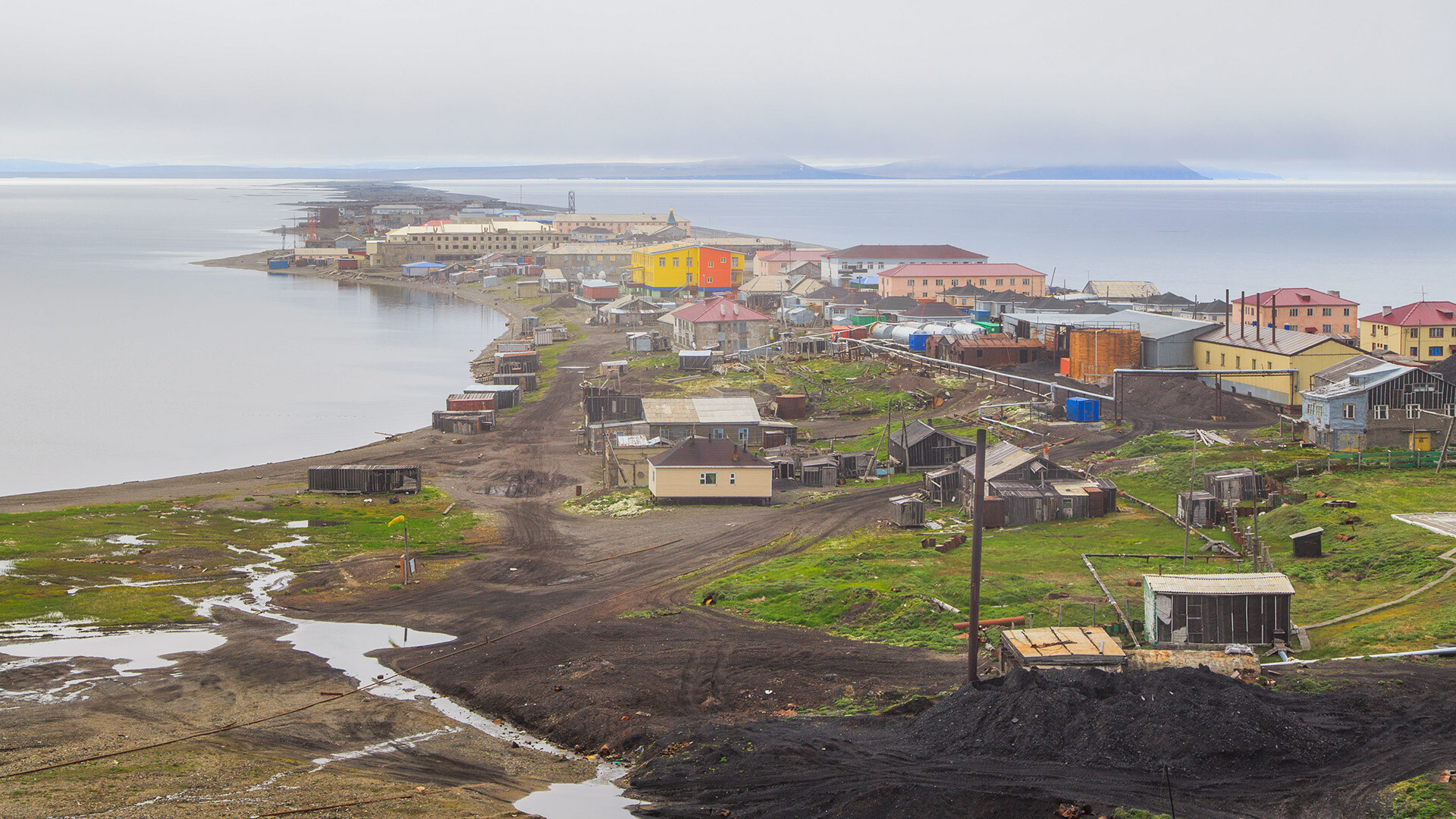
Did you know that there was a Russian fortress in… California?!

In the second half of the 18th century, the Russians began to develop Alaska and the Aleutian Islands. The region attracted colonists as a rich source of furs, the “soft gold” of that era.
The southernmost outpost of Russian colonization was Fort Ross in California. It was located in close proximity to Spanish possessions, just 80 km north of San Francisco.

The fortress was built in 1812 on a stretch of Pacific coast purchased from the local Pomo Indians. On September 11, the Russian tricolor flag with the imperial double-headed eagle was raised above it.
French merchant Bernard Du-Cilly visited Fort Ross the following year and found there “well-made roofs, beautiful houses, neatly sown and fenced fields” and a “completely European atmosphere”.
Quite soon, the Russian government realized that the Californian possessions would not bring in much income. “The South is not so prosperous,” wrote Leonty Gagemeister, the governor of Russian America, in 1818. “There are no beavers in Ross and any trade is in small quantities…”
It was also not possible to develop agriculture there. Sea fogs and mountainous terrain “prevented the ripening of the harvest” and the Mexicans, who replaced the Spanish in 1821, did everything they could to hinder the expansion of the colony.
The costs of maintaining Fort Ross were many times greater than the income from it. In 1841, it was sold to an American landowner named John Sutter and, thus, Russia lost all of its possessions in California.








